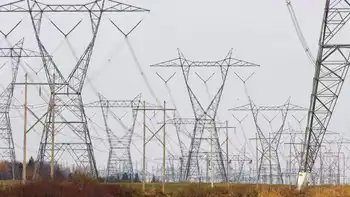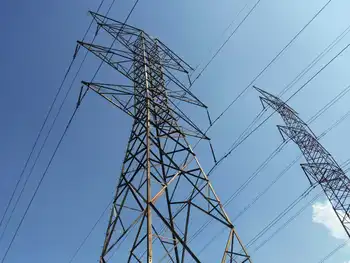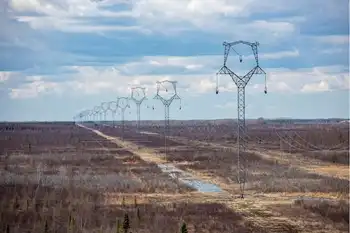UK wind breezes past 4-gigawatt barrier
By Industrial Info Resources
CSA Z463 Electrical Maintenance
Our customized live online or in‑person group training can be delivered to your staff at your location.

- Live Online
- 6 hours Instructor-led
- Group Training Available
According to the British Wind Energy Association (BWEA), the 4-GW barrier was broken after the commissioning of three new windfarms: the EDF Energy Renewables 38-megawatt (MW) Longpark facility, ScottishPower Renewables' 30-MW Dun Law extension, and the first phase of Dong Energy's 173-MW Gunfleet Sands offshore windfarm.
The latest 1 GW of capacity took less than a year to install, compared to 14 years to deliver the first GW of wind power, which was achieved in 2005. The UK's second GW was reached 20 months later, while the third GW took a year and half to complete. Industry experts predict that next year will see the installation of another 2 GW.
Today, there are 12 GW of wind projects that are operational, are being built, or have obtained planning permission. Another 9 GW of projects are in planning or are awaiting approval. The BWEA said that with more than 20 GW of wind projects at various stages, the UK could achieve two-thirds of the country's renewable targets if every project gets the green light. The UK has stated that it wants to obtain 30 GW of electricity from wind by 2020.
"The delivery of the fourth gigawatt of wind energy, in the teeth of the UK's worst recession in a generation, is an indication of the maturity and resilience of our sector," said BWEA Chairman Adam Bruce. "Taken together with the 9 GW of projects that have planning consent or that are already in construction, and the wind sector is almost halfway to delivering its share of the 2020 targets. We are more than doing our bit to help deliver a low-carbon, high-growth future for the UK."
However, while the UK wind industry might be strong, it is being hampered by a very slow planning process that is driving away investors. Planning permission for windfarms by local UK authorities slumped to a record low of 25% this year, the BWEA has found. This compares with an approval rate of 63% in 2007.
BWEA Chief Executive Maria McCaffery, MBE, said: "The planning system is broken when it comes to wind energy. A 25% approval rate is truly shocking, especially when you think that there is an approval rate of over 70% for roads, housing and supermarkets. Winning approvals at appeal is second-best for everyone, it is expensive, slow and cumbersome for developers, and frustrating and confusing for local people. We need a fresh, new approach to local decision-making, where councils are not unduly swayed by vocal NIMBY pressure groups, but make their judgements on the facts."
Former Deputy Prime Minister John Prescott, MP, the UK's chief negotiator for the Kyoto Climate Change Treaty, commented on the findings: "It is absolutely scandalous that three-quarters of all planning applications for onshore wind turbines are turned down. We cannot let the vocal minority stop our move to a low-carbon economy and stop us meeting our global-emissions targets."











